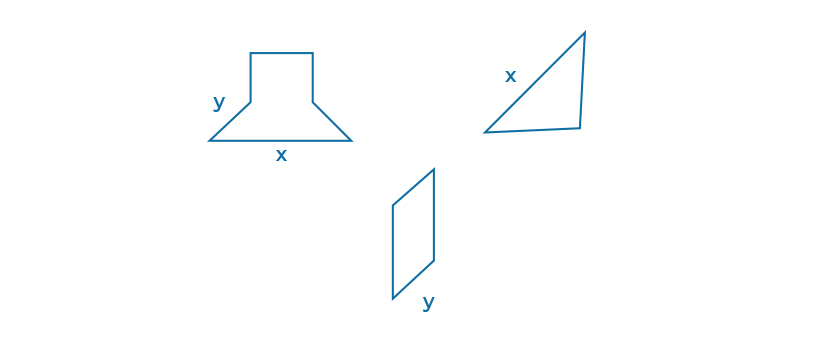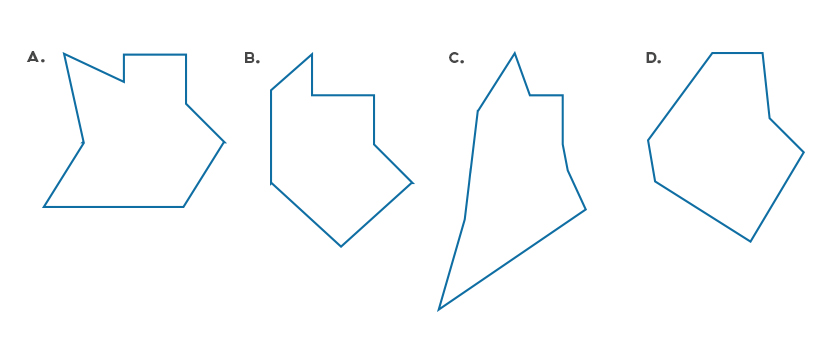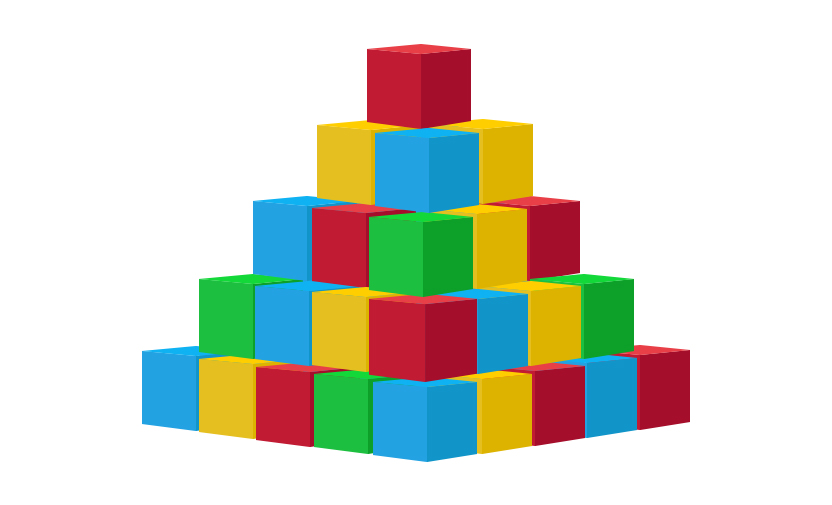Spatial (Awareness) Reasoning Test: Free Practice & Tips

A spatial awareness test is a psychometric test used during the pre-interview screening process to evaluate how well employees can recognize patterns, assess figures from multiple perspectives, and visualize forms in both two- and three-dimensional space. If you’re applying for a job as some sort of engineer or designer, your prospective employers will want to know that you can take abstract concepts and actualize them.
Like an inductive reasoning test, it also evaluates your fluid intelligence. Since the test contains no verbal or mathematical questions, education or language ability is largely irrelevant. Employers know that highly intelligent employees learn new skills more quickly, pick up additional tasks more adeptly, and advance more efficiently through the ranks of the company.
What Is a Spatial Reasoning Test?
A spatial reasoning test is a pre-employment aptitude assessment for graduates and job-seekers. The test contains several different exercises that ask interested job-seekers to rotate objects, assemble different shapes, and construct three-dimensional figures.
Because most tests are online though, you’ll have to use your imagination and manipulate the figures in your mind. While the test itself is fairly straightforward, because the pictures are so similar, it can be difficult to tell the difference between the answers.
How to Prepare for a Spatial Aptitude Test?
You might have excellent spatial skills, and you’re probably fantastic at what you do, but if you haven’t prepared for a spatial aptitude test, you might be caught unprepared. The truth is, spatial reasoning tests are tricky, and if you’re not used to the kinds of questions asked on the test, you probably won’t perform at your best.
Not only should you take the time to practice online, but you should also take the time to review each question you complete. The key to acing your spatial aptitude test is learning the shortcuts and tricks you can use for each type of question that will allow you to identify the answer as quickly as possible.
Why Do I Need to Take a Spatial Reasoning Assessment?
If you plan to become a graphic designer, architect, engineer, expert in urban planning, or interior designer, you’ll need to know how to analyze complex data and transform abstract concepts into concrete ideas and real structures.
While your employers can look at your resume, a spatial reasoning test serves as a fair, standardized way to evaluate a large number of applicants. Because spatial skills are so integral to designing models and building everything from logos to skyscrapers, spatial reasoning tests level the playing field.
Question Types & Spatial Awareness Test Examples:
There are several different kinds of questions on spatial reasoning assessments, but we thought we’d explain the five most common. Below, you’ll find both a description of each kind of question as well as spatial reasoning examples you can use to practice.
Combination of Shapes:
You’ll be given a few shapes and asked to combine them in the places indicated. On the figure, two different sides will be labelled with a letter, x, for example, and you’ll be expected to combine the two shapes along that edge.
Question: In which figure are the shapes combined correctly?


Answer: B
As you see here, the parallelogram fits into the slot on the left and the isosceles triangle is attached to the bottom of the large figure. Make sure that you’re careful about lengths. The answers to questions like these are not always drawn perfectly to scale, so you really have to rely on logic more than anything else.
Cubes:
On these spatial reasoning questions, you’ll be given a pattern and asked to identify the corresponding cube it would create if folded together. These questions can be particularly tricky because you’ll only be able to see three sides of the cube at any given time.
Question:
When folded up, this pattern creates which cube?


Answer: D
In this problem, you have to pay attention to the order of the symbols. If the symbols are in the opposite order as they are in the pattern, then the cube is upside down and the blank side will be face-up.
Block Counting:
In these questions, you’ll be shown a stack of blocks and asked to calculate the number of blocks.
Question:
How many blocks are in this tower?

- 55
- 26
- 25
- 41
Answer: A
There are 55 blocks in this tower. Make sure to count the blocks in the middle of each level that you can’t see. However, if you try to count each one individually, you’ll waste a lot of time. Instead, count the blocks on either side and multiply them together to find the total number of blocks on each level.
Perspective:
On these questions, you’ll be shown a figure and then asked which of the other figures is the same. The answer will be the same figure, but it will be shown from a different angle. Each of the answers will have slight differences, and you’ll have to look for these differences to eliminate them one by one.
Question:
Which pair of figures matches the original?


Answer: D
Pay careful attention to the dots. If they’re not on the correct side when you place the figure in the right direction, then it’s not the same figure. If you can’t see the dot at all, then you can assume it’s on the opposite side.
Spatial Test Tips:
Before heading to the assessment center for your psychometric exam, make sure to check out these spatial awareness test tips.
- Process of Elimination: It can be difficult to imagine three-dimensional figures. Thankfully though, you can take a shortcut. You don’t necessarily have to have a visual mind to answer these questions efficiently.
For perspective and cube-construction questions, try using process of elimination to rule out answers you know are wrong. If you know that the side with stripes needs to be next to the side with dots, then you might be able to increase your chances of answering correctly even if you’re still confused about the problem. In fact, process of elimination might even help you save time.
- Reflections: Remember that reflections in a mirror are horizontally reversed while reflections in a pool of water will be vertically reversed.
- Label the Sides: If you’re answering perspective or cubes questions, pick a side to be the front to help stay oriented properly.
- Sequences: Sequences and matrices usually have at least two patterns. Make sure to check for both the major and the minor pattern when analyzing the sequence.
- Block Counting: When counting blocks, make sure not to forget the blocks in the back of the figure. You might not be able to see them from your angle, and it can be easy to forget about them especially if you’re rushed.
Final Thoughts on Spatial Awareness Aptitude Tests:
Spatial reasoning tests can be pretty difficult not only because they’re unique, but also because they usually have a very strict time limit. While these assessments are designed to measure your fluid intelligence, you can nonetheless improve your chances of succeeding on the test by honing your test-taking strategies and practicing your skills until you feel like you’ve mastered the techniques.








